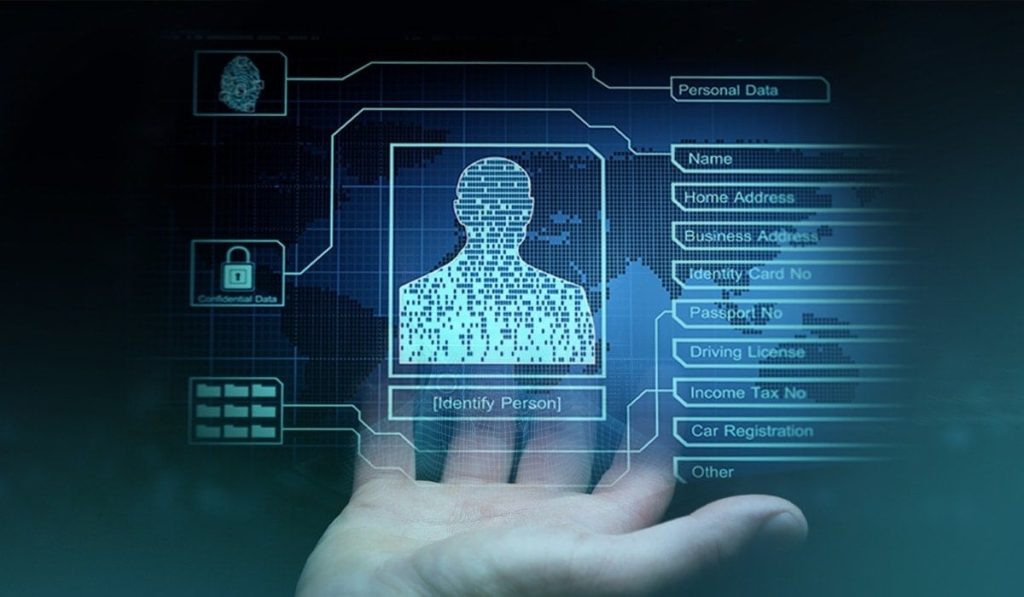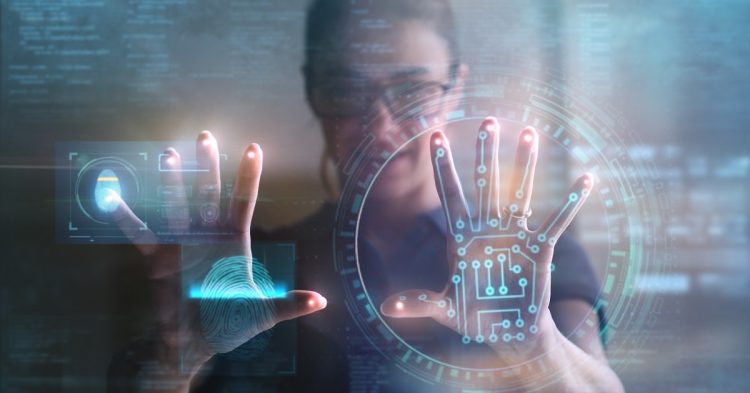Introduction
In the digital age, identity verification has become a central concern for a wide array of industries. Whether for financial services, healthcare, e-commerce, or government services, ensuring that individuals are who they claim to be is crucial for both security and privacy. Traditional identity verification methods, such as passwords, social security numbers, and physical IDs, have proven to be vulnerable to theft, fraud, and misuse.
Blockchain technology, with its inherent qualities of decentralization, immutability, and transparency, has emerged as a powerful tool for innovating digital identity verification. Blockchain provides a secure, tamper-proof, and user-controlled system that can significantly enhance the way we manage and verify digital identities.
This article will explore how blockchain can revolutionize digital identity management, its key benefits, and the potential challenges in implementing blockchain-based digital identity solutions.
1. The Problem with Traditional Digital Identity Systems
Before we delve into how blockchain can help, it’s important to understand the limitations of current identity systems.
a) Centralized Systems Vulnerabilities
In traditional digital identity systems, personal data is often stored in centralized databases controlled by governments, banks, or private companies. These systems are inherently vulnerable to:
- Data breaches: Centralized data storage is a prime target for hackers, as breaching a single server could provide access to millions of identities.
- Identity theft: Stolen passwords, fake documents, or compromised personal data can lead to identity theft.
- Lack of control: Users have little control over how their identity is managed. Once personal data is submitted to a centralized entity, they lose visibility and control over it.
Examples include online banking systems, social media accounts, or even e-government platforms where identity data is stored in one central database, making it a prime target for cybercriminals.
b) Inefficiencies and Lack of Interoperability
Another issue is that traditional identity systems are often incompatible with one another. For example, a person’s digital identity on a banking platform might not work with a government service or e-commerce platform. This lack of interoperability creates inefficiencies for users, who have to create and manage multiple identity profiles.
2. The Role of Blockchain in Digital Identity
Blockchain offers a decentralized solution to the problems mentioned above. Instead of storing identity data in a single, centralized database, blockchain distributes data across a network of computers (nodes), ensuring that no single party has control over the data. Blockchain’s characteristics make it uniquely suited for managing digital identities securely, transparently, and efficiently.
a) Decentralization and User Control
Blockchain allows for self-sovereign identities (SSI), meaning that individuals can control and own their own identity data. This eliminates the need for a centralized authority, such as a government agency or company, to store and manage personal data.
With SSI, users can maintain a private, encrypted version of their identity on the blockchain. They control who has access to their data and can grant or revoke permissions at any time. This is in stark contrast to traditional systems, where a central entity controls and can share your data with other parties without your explicit consent.
For instance, with a blockchain-based identity system, a user could securely prove their identity to a bank or a government entity without the need to share all personal information. Instead, only the relevant data (e.g., proof of age or citizenship) would be shared, and only for as long as necessary.
b) Immutability and Security
One of the key features of blockchain is immutability. Once data is recorded on the blockchain, it cannot be altered or tampered with. This ensures that identity records are secure and trustworthy. In a blockchain-based identity system, once an individual’s identity information is verified and added to the blockchain, it is cryptographically secured and cannot be changed, eliminating the risk of identity fraud.
For example, once a person’s biometric data (fingerprint, face recognition) or government-issued ID is verified and recorded on the blockchain, that record becomes immutable. Even if someone tries to alter the data or tamper with the identity information, it would be detectable because the changes would invalidate the cryptographic hash of the block containing the identity record.
c) Transparency and Traceability
Blockchain allows for transparent verification of identities. While personal data is encrypted and only shared with permission, anyone within the network can verify the legitimacy of an identity. The traceability feature ensures that any interactions involving identity verification can be tracked and audited, making the system more transparent and resistant to fraud.
For instance, if a person uses their identity to sign a contract or access a service, the blockchain ledger can record the time, date, and other relevant details of that transaction. This creates an audit trail that can be referenced later if disputes arise.
d) Privacy Preservation
Blockchain allows users to maintain control over their data and protect their privacy. Personal information can be stored off-chain, and only the essential data or a proof of authenticity (e.g., digital signatures or zero-knowledge proofs) is stored on-chain.
This approach helps preserve privacy while maintaining trust. A user might need to prove their identity for a service but only needs to provide specific data without revealing their entire personal history or sensitive information.
3. Benefits of Blockchain-Based Digital Identity
The benefits of adopting blockchain for digital identity management are numerous:
a) Enhanced Security
Since blockchain utilizes advanced cryptographic techniques, such as digital signatures, encryption, and hashing, it makes it highly resistant to hacking and unauthorized access. Additionally, the decentralized nature of blockchain means that there is no central point of failure, significantly reducing the risk of identity theft or fraud.
b) Lower Costs and Increased Efficiency
Traditional identity verification systems often require significant infrastructure, staff, and overhead costs. These systems also involve intermediaries (e.g., banks, notaries, and government agencies), which can make the process time-consuming and expensive. Blockchain reduces these costs by eliminating intermediaries, streamlining the verification process, and enabling real-time identity checks.
For example, in a blockchain-based identity system, individuals can instantly prove their identity, whether they are applying for a loan, renting an apartment, or signing a contract, without needing a third party to authenticate the information. This reduces transaction costs and processing time significantly.
c) Empowerment of Users
Blockchain allows individuals to own and control their own identity, rather than relying on third-party entities to manage their data. This self-sovereign identity model empowers individuals by giving them the ability to decide who has access to their personal information and for how long.
Users can also revoke access to their data when they no longer need the service or platform, thereby maintaining greater control over their identity throughout their lifetime.
d) Interoperability
Blockchain-based digital identities are easily interoperable across various platforms and jurisdictions. Whether for banking, healthcare, voting, or e-commerce, individuals can carry a single, verified digital identity that can be accepted globally. This removes the need to create separate identities for every platform, saving time and ensuring consistency.

4. Use Cases of Blockchain in Digital Identity
Several projects are already exploring blockchain-based solutions for digital identity management. Some prominent examples include:
a) Estonia’s e-Residency Program
Estonia is a leader in digital identity initiatives, with its e-Residency program. Using blockchain, the country offers a digital identity to anyone in the world, enabling them to access Estonian government services, establish businesses, and manage online transactions securely. Blockchain ensures that these identities are verified, secure, and can be used across various platforms.
b) SelfKey
SelfKey is a blockchain-based identity management platform that allows users to control their personal data. Users can store, manage, and share their identities with third parties securely. The platform’s SelfKey Wallet allows individuals to store their digital identity, including government IDs, biometric data, and financial records, all securely on the blockchain.
c) uPort
uPort is another project that enables users to manage their digital identities through blockchain technology. It allows individuals to create a self-sovereign identity on Ethereum’s blockchain, which can be used for various services, such as signing documents, logging into applications, and even proving age for certain purchases or services.
5. Challenges and Future Directions
While blockchain-based digital identity systems present significant advantages, they are not without their challenges:
- Regulatory Compliance: Governments need to develop clear regulatory frameworks for digital identity systems, especially when it comes to data protection laws and privacy.
- Adoption Barriers: Widespread adoption of blockchain-based identity systems requires significant infrastructure investments, education, and collaboration between governments, corporations, and individuals.
- Scalability: Handling large volumes of identity data in a blockchain system, while maintaining speed and efficiency, remains a challenge. Layer 2 solutions and off-chain storage may be part of the answer.
Despite these challenges, blockchain’s potential to transform digital identity management is undeniable. As adoption increases and the technology matures, we will likely see a future where blockchain becomes the standard for secure, user-controlled digital identities.
Conclusion
Blockchain technology offers an innovative solution to the problems faced by traditional digital identity systems. By providing a decentralized, secure, and user-controlled framework for identity management, blockchain can radically change how we prove and authenticate our identities. It reduces the risk of identity theft, enhances privacy, eliminates the need
for intermediaries, and enables seamless global interoperability. As blockchain adoption continues to grow, it is clear that the future of digital identity verification will be shaped by this transformative technology.


















































